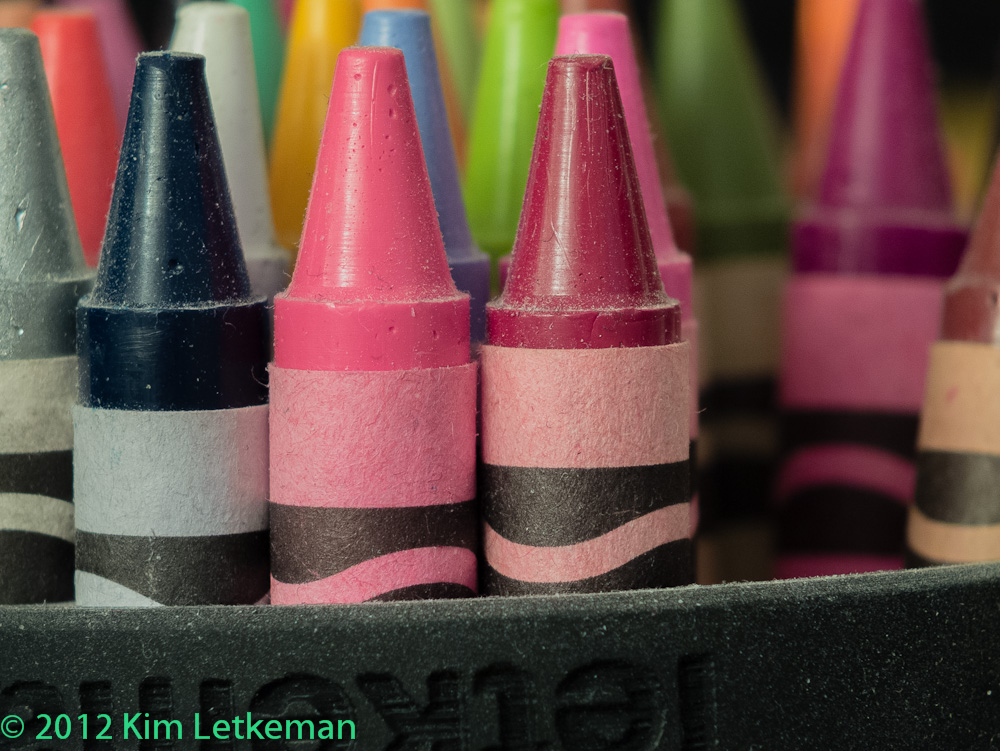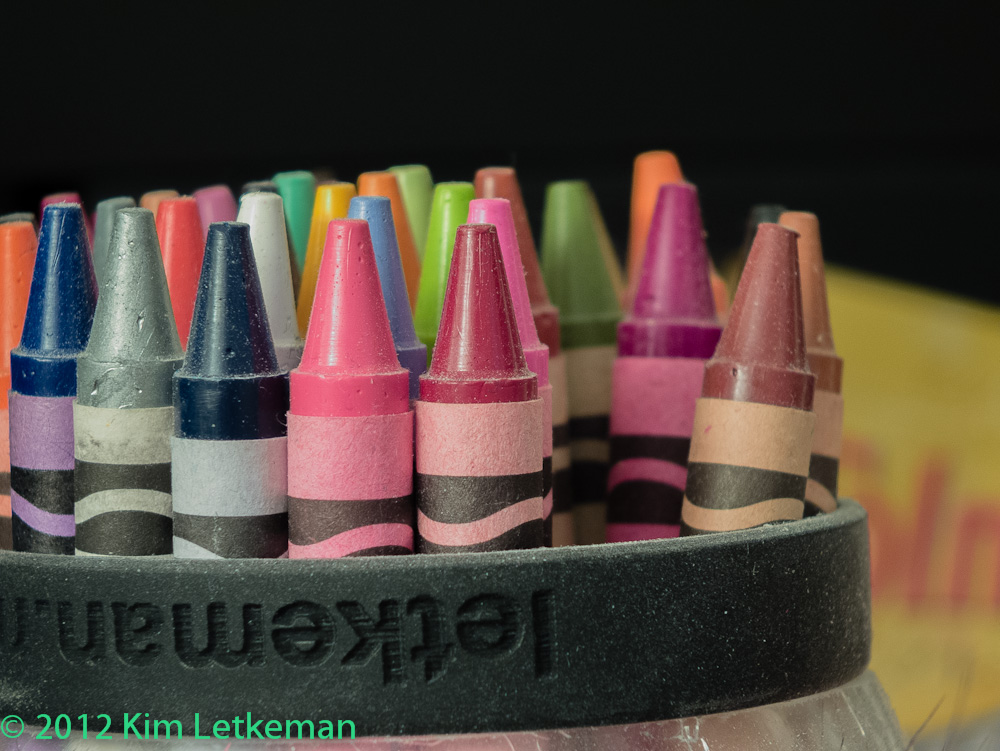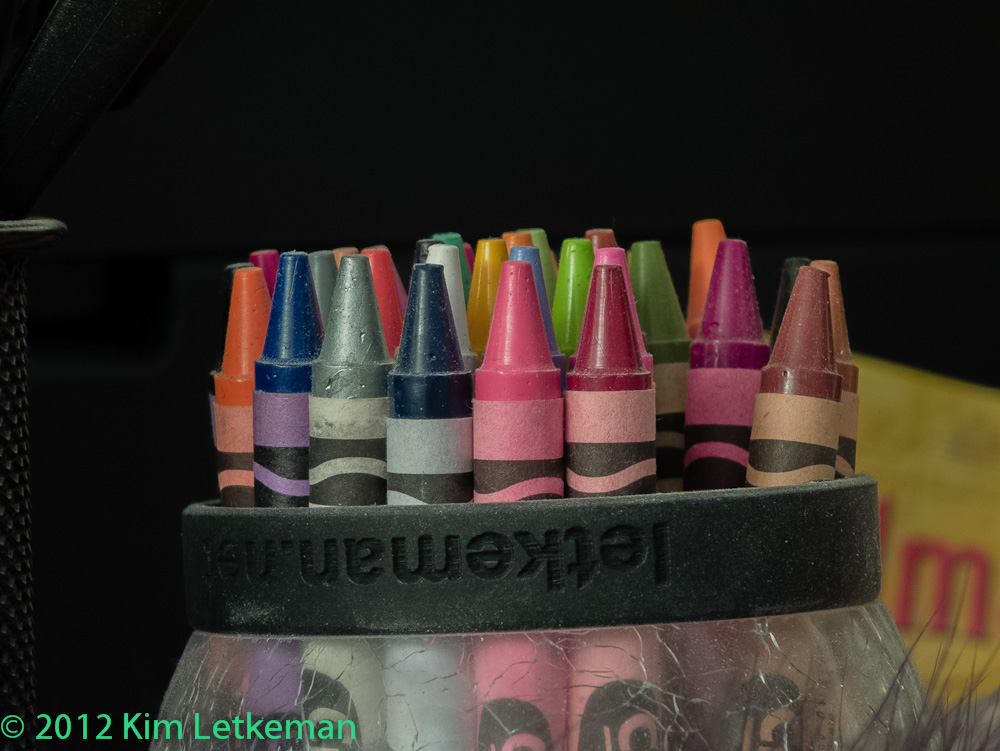The Canon 500D is a 2-element screw on close up filter. Two elements are used in the better close up filters because it allows aberrations to corrected, and such lenses are called achromats. In fact, this lens would be accurately called an achromatic doublet.
The name of this filter “500D” gives you a clue that it focuses any lense at 500mm, or just under 20 inches. But that is from the subject to the sensor, which means that a long lens (physically) will have less than a foot of working distance from the filter. Still, that is far better than some other solutions, and there are ways to increase the working distance and the magnification both.
So the formula that I have read is to take the focal length of the lens and divide it by focal length of the achromat to get the final magnification. In the case of the X-S1, the 634mm maximum FL nets a magnification of 634/500 or about 1.27x.
That’s pretty impressive.
This test was really just a plinking about with the 500D … I did not have a step up ring, so I have to tape the filter on, a hack to be sure. But it worked well from a tripod so I will show the results. Unfortunately, I’ve forgotten all the parameters of the shoot, but the really close images are shot with the 500D for sure.
The white balance is set off of the white crayon just behind the first row on the left. I had mixed lighting for the first image and its colors are off.

fuji x-s1 100iso f/4.5 3.5 39mm (EFL 212mm) -1/3ev
The rest of the images have consistently excellent color, sharpness and bokeh. The X-S1 is really made for close up work.

fuji x-s1 100mm f/5.6 3.5 78mm (efl 423mm) -1/3ev
That last one is the highest magnification I achieved. I was working in an awkward location and had some trouble with the lighting. I’ll try to do this once more to get the highest possible magnification. This image is pretty breathtaking in its detail on the paper wrapping the crayons. I think this combination is an excellent close up combination.
Two more just to complete the set …
So have fun with this camera and a doublet. They are not cheap, but consider buying a large one (e.g. 77mm) and then using it on every camera you get. There are few lenses with larger objectives than 77mm (a Nikon standard.) 82mm is safer, but probably hard to find.

